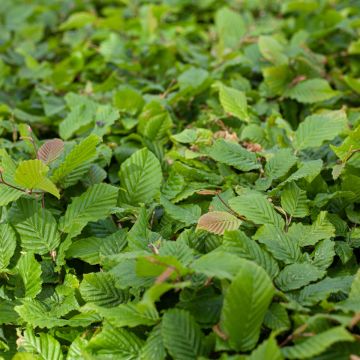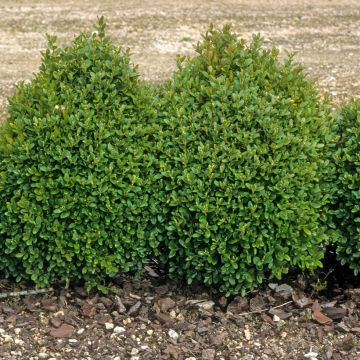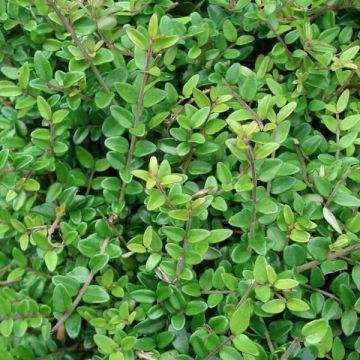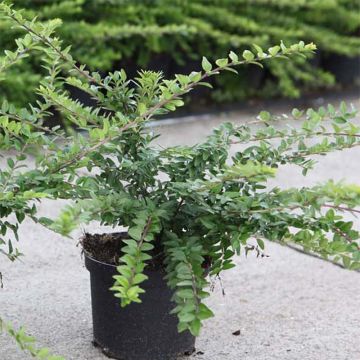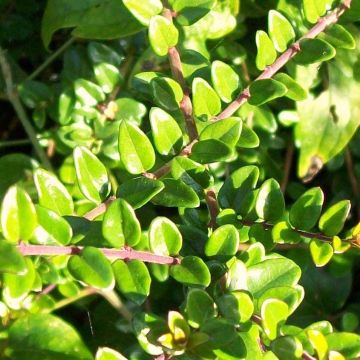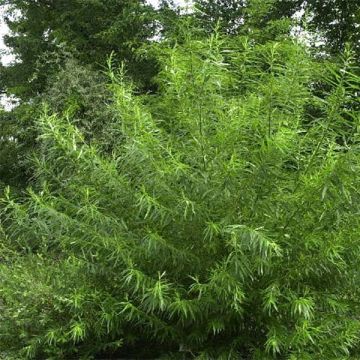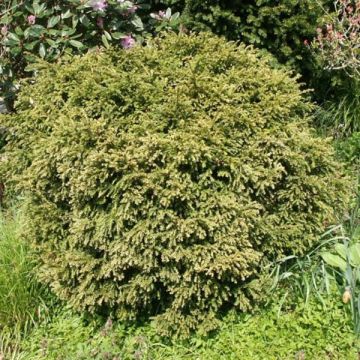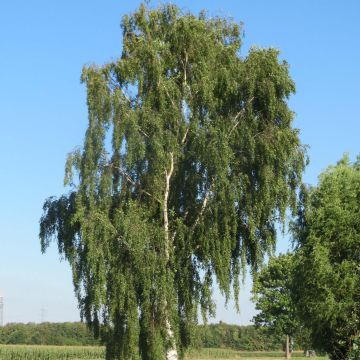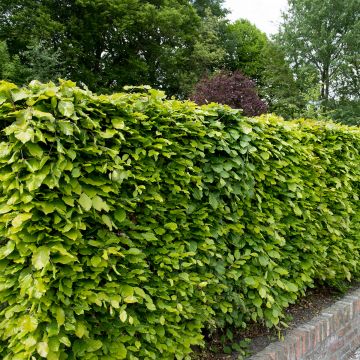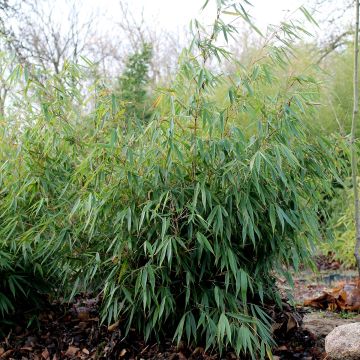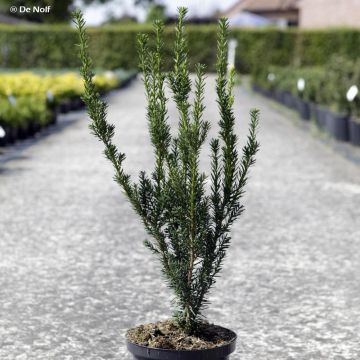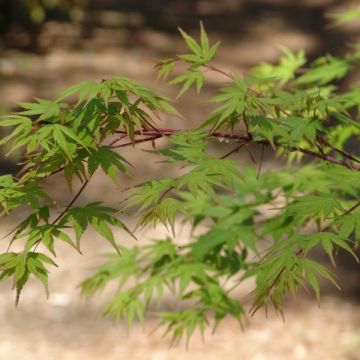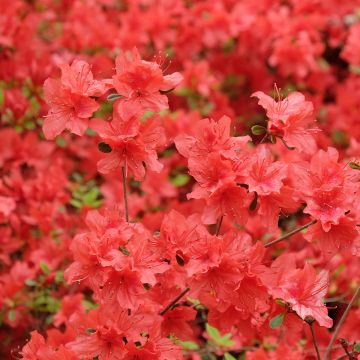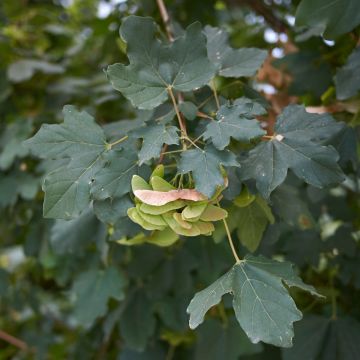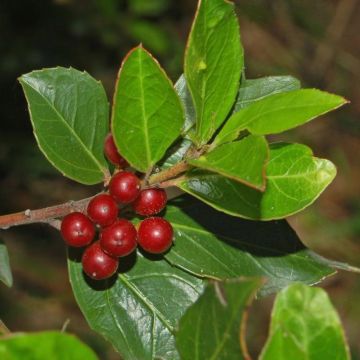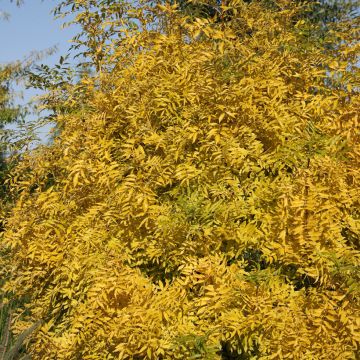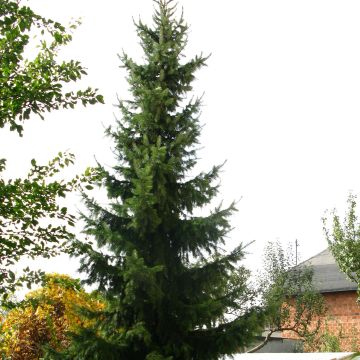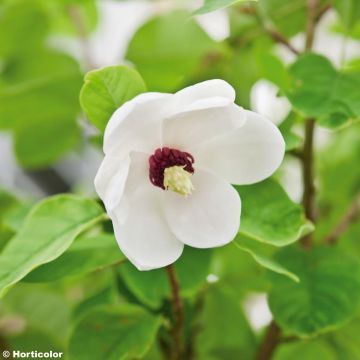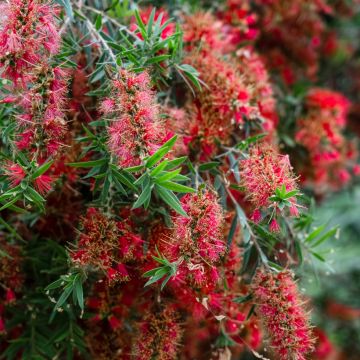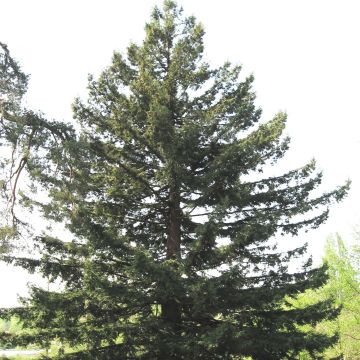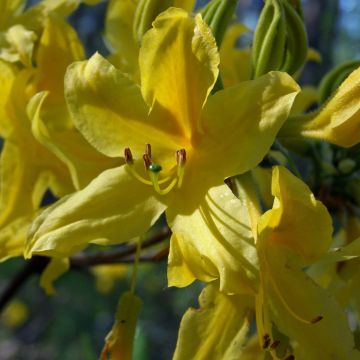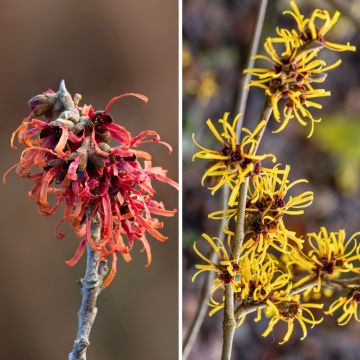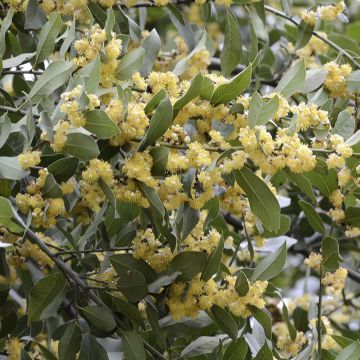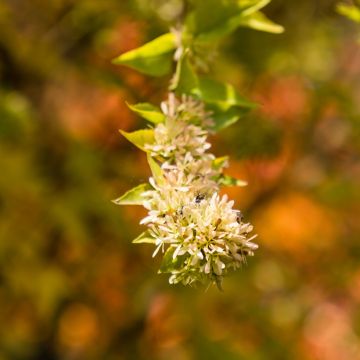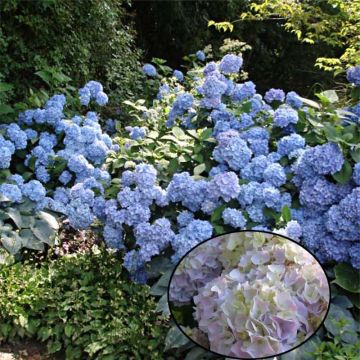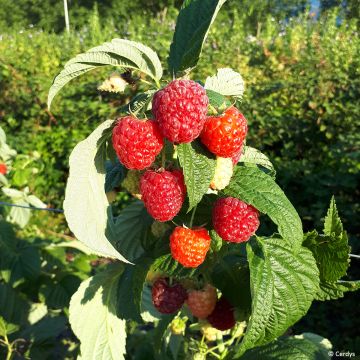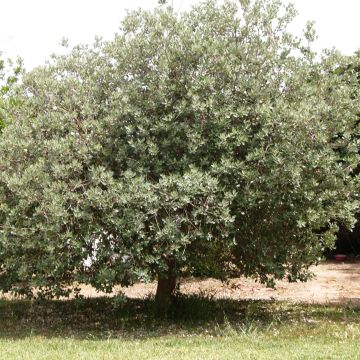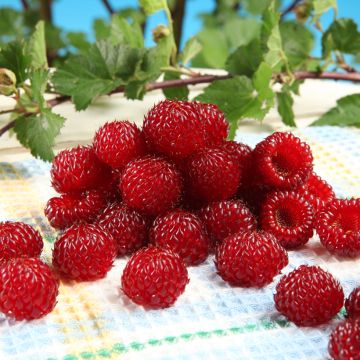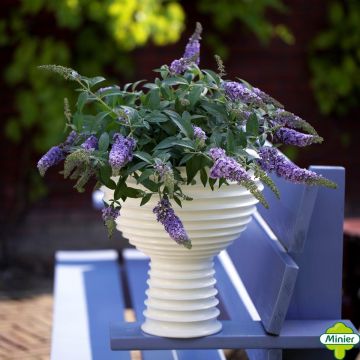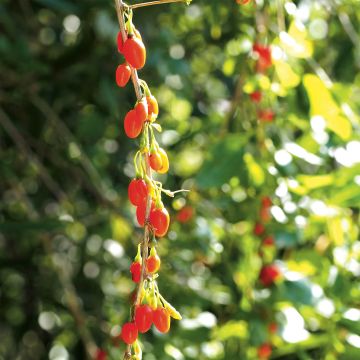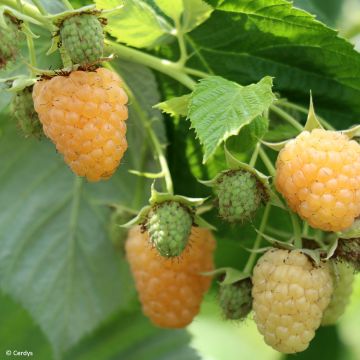Shipping country and language
Your country of residence may be:
Your country of residence is:
For a better user experience on our website, you can select:
Your shipping country:
-
Andorra
-
Austria
-
Belgium
-
Bulgaria
-
Canada
-
Chile
-
Croatia
-
Cyprus
-
Czechia
-
Denmark
-
Estonia
-
Finland
-
France
-
Germany
-
Greece
-
Hungary
-
Iceland
-
Ireland
-
Italy
-
Latvia
-
Lithuania
-
Luxembourg
-
Malta
-
Monaco
-
Netherlands
-
Poland
-
Portugal
-
Romania
-
Slovakia
-
Slovenia
-
Spain
-
Sweden
-
Switzerland
-
United Kingdom
We only deliver seed and bulb products to your country. If you add other products to your basket, they cannot be shipped.
Language:
-
French
-
German
-
Spanish
-
English
-
Italian
My Account
Hello
My wish lists
Log in / Register
Existing customer?
New customer?
Create an account to track your orders, access our customer service and, if you wish, make the most of our upcoming offers.
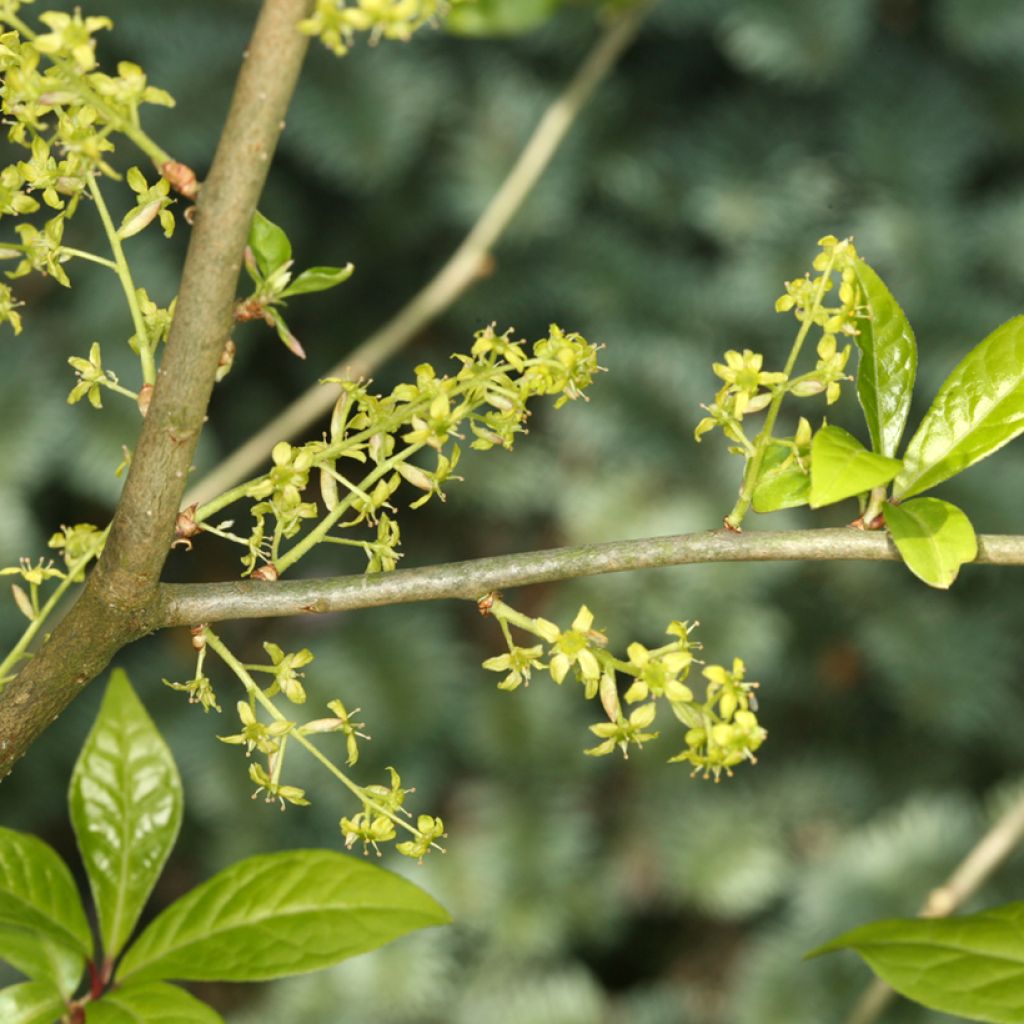

Orixa japonica - Japanese orixa
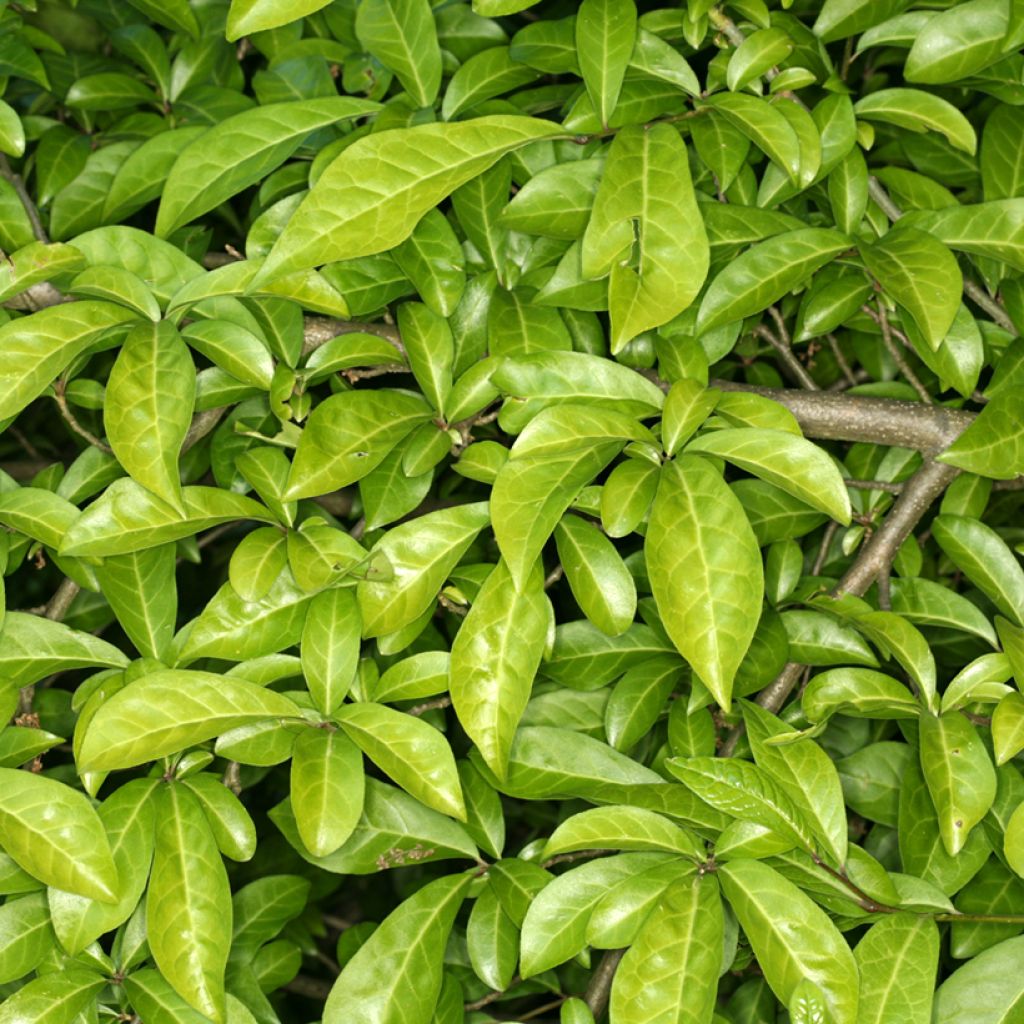

Orixa japonica - Japanese orixa
Orixa japonica - Japanese orixa
Orixa japonica
East Asian orixa, Japanese orixa
Why not try an alternative variety in stock?
View all →Order in the next for dispatch today!
Dispatch by letter from €3.90.
Delivery charge from €5.90 Oversize package delivery charge from €6.90.
More information
This item is not available in your country.
Schedule delivery date,
and select date in basket
This plant carries a 24 months recovery warranty
More information
We guarantee the quality of our plants for a full growing cycle, and will replace at our expense any plant that fails to recover under normal climatic and planting conditions.
From €5.90 for pickup delivery and €6.90 for home delivery
Express home delivery from €8.90.
Does this plant fit my garden?
Set up your Plantfit profile →
Description
The Orixa japonica is a bush that is as classic in Asia, where it is used as a hedge plant, as it is unknown in our region. Of medium size, with a very spreading habit, it is mainly ornamental due to its foliage of a beautiful, highly glossy green, which gives it a tropical appearance. While its spring green flowering is quite insignificant, its foliage turns a pale yellow in autumn, which can harmoniously blend with brighter colours. Hardy enough to be planted in most of our regions, it is relatively easy to cultivate and requires almost no maintenance. An interesting rarity to add an exotic touch to a plant bed.
With only one species, the Orixa belongs to the Rutaceae family, whose most well-known members are citrus trees, and which also includes popular ornamental genera such as Choisya ternata (Mexican Orange Blossom) or Dictamnus albus, a surprising perennial that emits a plant essence capable of spontaneously igniting during hot weather!
The Orixa japonica is a native plant of Japan, South Korea, and northern China, where it grows in woods, thickets, and on cliffs up to an altitude of 1300 m. Known in private collections since at least 1784 and introduced to Western cultivation in the 1870s, this bush remains virtually unknown in our gardens. It is a dioecious plant, meaning that there are separate male and female plants, with flowers that have four sepals and four petals, plus four stamens in males and four carpels in females. This bush is known to grow quite slowly during the first 2 or 3 years, as it develops its root system, and then a bit faster afterwards. At maturity, it forms a dense mass, wider than tall, reaching approximately 2.50 m in height and 3 m in spread. The rather thin branches bear elliptical to ovate leaves, about 12 cm long and 6 cm wide. With a beautiful medium green colour, quite bright, and glabrous, they have the distinctive feature of having a very glossy upper surface, evoking the luxuriance of tropical foliage. The vegetation tolerates pruning very well, which is why the bush is frequently used for hedges, especially in Japan. Like most Rutaceae, the foliage is highly aromatic, but not everyone appreciates its scent.
Flowering occurs in April-May, in the form of short spreading clusters in male plants, while the flowers are solitary and long-stalked in females. With a greenish colour, the flowering has no ornamental interest. The fruits are a bit more interesting, formed by four compressed carpels that start off green and then turn brown. At maturity, the dehiscent fruit expels the seeds. However, it is necessary to remember that both a male and a female plant are needed for fertilisation... which is not really worth the effort.
Being deciduous, the foliage of Orixa falls in autumn, but before that, it turns a pale lemon yellow, not exceptional in itself, but it enhances red or orange autumnal colours.
A rare plant that is easy to cultivate and tolerates shade, even dense shade, especially in hot climates, Orixa japonica also withstands sea spray and can therefore be planted by the seaside. It is unaffected by diseases and insects, and while it appreciates humidity (in well-drained soil), a well-rooted plant can withstand drought. This plant, believed to have originated in the Pliocene (2.5 to 5.5 million years ago), has survived through the ages, which certainly explains its good adaptability. You can use it in a Japanese-style garden or to create a tropical-inspired scene, under the shade of a Magnolia macrophylla, with its enormous leaves that can reach 60 cm long. An Asimina triloba, or Paw-paw, would also be interesting to add an exotic touch. This medium-sized tree produces edible fruits with a mango-like appearance and a taste that is a cross between that of a tropical fruit and a banana. Also, not well-known among gardeners, the Viburnum odoratissimum is an evergreen bush with beautiful, fairly dark, shiny green leaves that turn red in autumn, like a deciduous plant, creating a pleasant contrast with the pale yellow of the Orixa. Additionally, it offers white spring flowering that is slightly fragrant and highly decorative.
Report an error about the product description
Orixa japonica - Japanese orixa in pictures


Plant habit
Flowering
Foliage
Botanical data
Orixa
japonica
Rutaceae
East Asian orixa, Japanese orixa
East Asia
Other Shrubs A to Z
Planting and care
Orixa japonica is best planted in spring in cooler areas and in early autumn in drier and warmer climates. It tolerates most humus-bearing and fertile soils, well-drained and not excessively chalky. Once established, after 2 or 3 years of cultivation, it is capable of surviving without watering in summer, in most regions. Resistant to -15°C and even -18°C at its peak, it is hardy enough to be planted practically anywhere. In colder regions, it is preferable to plant it sheltered by a wall and in spring, so that it has enough time to root sufficiently before facing its first winter. In less sunny regions, you can plant it in the sun, but elsewhere, the light shade of taller vegetation will be necessary, and in hot regions, it will even tolerate a decidedly shaded situation.
Soak the root ball in a bucket of water for fifteen minutes to ensure it is well soaked, dig a hole 50 cm on each side and at the bottom, add planting compost, then place the root ball, backfill around it and water generously. Water regularly for the first two years to help it develop its root system. This bush is not susceptible to any known diseases and the scent of its foliage tends to repel insects, so they generally do not attack it.
Planting period
Intended location
Care
This item has not been reviewed yet - be the first to leave a review about it.
Hedge shrubs
Haven't found what you were looking for?
Hardiness is the lowest winter temperature a plant can endure without suffering serious damage or even dying. However, hardiness is affected by location (a sheltered area, such as a patio), protection (winter cover) and soil type (hardiness is improved by well-drained soil).

Photo Sharing Terms & Conditions
In order to encourage gardeners to interact and share their experiences, Promesse de fleurs offers various media enabling content to be uploaded onto its Site - in particular via the ‘Photo sharing’ module.
The User agrees to refrain from:
- Posting any content that is illegal, prejudicial, insulting, racist, inciteful to hatred, revisionist, contrary to public decency, that infringes on privacy or on the privacy rights of third parties, in particular the publicity rights of persons and goods, intellectual property rights, or the right to privacy.
- Submitting content on behalf of a third party;
- Impersonate the identity of a third party and/or publish any personal information about a third party;
In general, the User undertakes to refrain from any unethical behaviour.
All Content (in particular text, comments, files, images, photos, videos, creative works, etc.), which may be subject to property or intellectual property rights, image or other private rights, shall remain the property of the User, subject to the limited rights granted by the terms of the licence granted by Promesse de fleurs as stated below. Users are at liberty to publish or not to publish such Content on the Site, notably via the ‘Photo Sharing’ facility, and accept that this Content shall be made public and freely accessible, notably on the Internet.
Users further acknowledge, undertake to have ,and guarantee that they hold all necessary rights and permissions to publish such material on the Site, in particular with regard to the legislation in force pertaining to any privacy, property, intellectual property, image, or contractual rights, or rights of any other nature. By publishing such Content on the Site, Users acknowledge accepting full liability as publishers of the Content within the meaning of the law, and grant Promesse de fleurs, free of charge, an inclusive, worldwide licence for the said Content for the entire duration of its publication, including all reproduction, representation, up/downloading, displaying, performing, transmission, and storage rights.
Users also grant permission for their name to be linked to the Content and accept that this link may not always be made available.
By engaging in posting material, Users consent to their Content becoming automatically accessible on the Internet, in particular on other sites and/or blogs and/or web pages of the Promesse de fleurs site, including in particular social pages and the Promesse de fleurs catalogue.
Users may secure the removal of entrusted content free of charge by issuing a simple request via our contact form.
The flowering period indicated on our website applies to countries and regions located in USDA zone 8 (France, the United Kingdom, Ireland, the Netherlands, etc.)
It will vary according to where you live:
- In zones 9 to 10 (Italy, Spain, Greece, etc.), flowering will occur about 2 to 4 weeks earlier.
- In zones 6 to 7 (Germany, Poland, Slovenia, and lower mountainous regions), flowering will be delayed by 2 to 3 weeks.
- In zone 5 (Central Europe, Scandinavia), blooming will be delayed by 3 to 5 weeks.
In temperate climates, pruning of spring-flowering shrubs (forsythia, spireas, etc.) should be done just after flowering.
Pruning of summer-flowering shrubs (Indian Lilac, Perovskia, etc.) can be done in winter or spring.
In cold regions as well as with frost-sensitive plants, avoid pruning too early when severe frosts may still occur.
The planting period indicated on our website applies to countries and regions located in USDA zone 8 (France, United Kingdom, Ireland, Netherlands).
It will vary according to where you live:
- In Mediterranean zones (Marseille, Madrid, Milan, etc.), autumn and winter are the best planting periods.
- In continental zones (Strasbourg, Munich, Vienna, etc.), delay planting by 2 to 3 weeks in spring and bring it forward by 2 to 4 weeks in autumn.
- In mountainous regions (the Alps, Pyrenees, Carpathians, etc.), it is best to plant in late spring (May-June) or late summer (August-September).
The harvesting period indicated on our website applies to countries and regions in USDA zone 8 (France, England, Ireland, the Netherlands).
In colder areas (Scandinavia, Poland, Austria...) fruit and vegetable harvests are likely to be delayed by 3-4 weeks.
In warmer areas (Italy, Spain, Greece, etc.), harvesting will probably take place earlier, depending on weather conditions.
The sowing periods indicated on our website apply to countries and regions within USDA Zone 8 (France, UK, Ireland, Netherlands).
In colder areas (Scandinavia, Poland, Austria...), delay any outdoor sowing by 3-4 weeks, or sow under glass.
In warmer climes (Italy, Spain, Greece, etc.), bring outdoor sowing forward by a few weeks.
